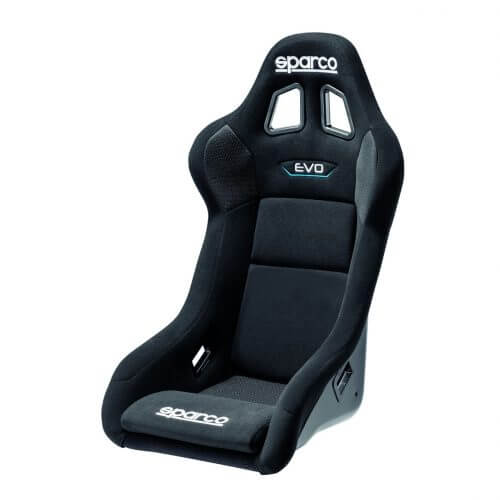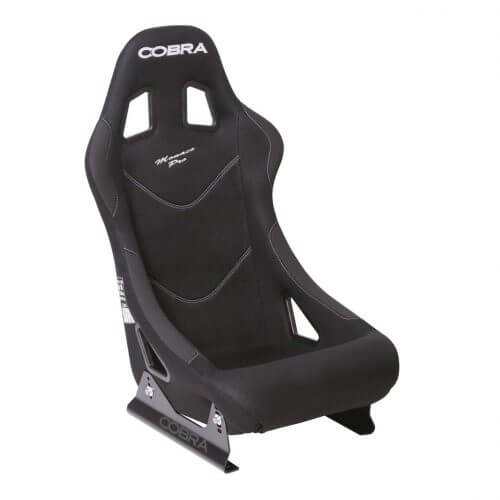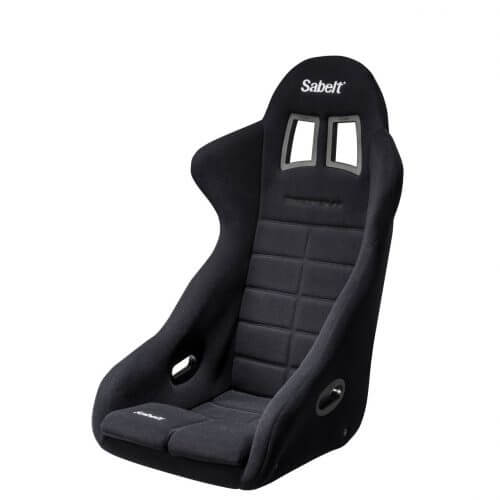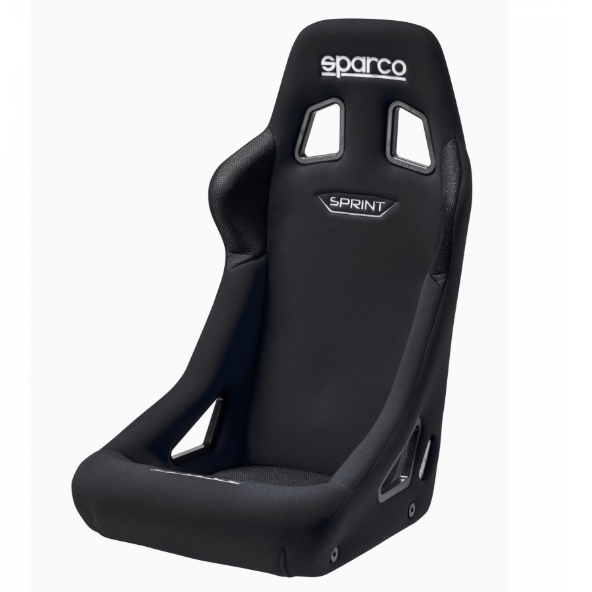What? How? Will it fit?
Having trouble or just straight-up confused about fitting aftermarket bucket seats into your NC/MK3? Stress no more. This post should hopefully clear-up most of and hopefully all of your concerns and questions!
Finding the perfect seat for you!
The first part your going to have to consider is what seat you wish to fit. Now of course not just any seat will fit the profile of the NC/MK3. So I have compiled a few links below to articles and forum posts that show what seats WILL fit in your car. But first just naming a few popular seats off the bat for the NC/MK3, Sparco Evo QRT, Cobra Monaco Pro, Sabelt GT-090 Racer Duo, Sparco Sprint.
Now what’s more important than the seat fitting in your car is it fitting you! Yes, bucket-seats won’t fit everyone. A properly chosen seat should fit you snug but not too tight that your uncomfortable. That last part is very important. The second most important thing for anyone wanting to take their car to the track is the upper two harness pass-through holes are at the appropriate level in relation to your shoulders. Too high and when the harness is tightened up it could potentially crush your spinal-cord and that is not something to joke about.
Sounds a little intimdating for a newbie buying their first bucket seats right? Well maybe a little bit but if you have a supportive bucket-seat retailer nearby you should be able to find the seats that you have been told will fit your NC/MK3 and try them out both for your butt and also your car! That way you will know they will fit before you spend the cash.
However if for whatever reason you cannot test fit a seat because you have no local bucket-seat retailer then you can still make sure your seat fit’s by using a few simple measurements and questions back and forth with a reputable online-retailer. So what measurements do I need to take and how?? Let’s first start with your butt-to-shoulder measurement. To take this I recommend you sit on a flat floor with your back straight up square with another straight object such as a wardrobe, wall (if possible), basically any object taller than you and straight/square. This does help if you have another person double check your doing this correct but now you measure from the ground (bottom of your butt) to the highest point of your shoulders (this will be closer in near your neck). This will give you the measurement to confirm if your harness pass-through’s will be safe for harness use. The second measurement is your waist. Pretty straight forward right? Like buying a new pair of trackies lol. The third is the width of your shoulders. You do not want a seat where the upper side-supports are too small. For correct fitment your shoulders and body should sit back into them. Don’t be too worried if you think your shoulders are too wide for the seat you think will fit you. They will not wrap around your shoulders but simply you just sit back into them. (I am not referring to high-spec halo seats here but the classic bucket seat style). The main target here is to find a seat that is comfortable for you.
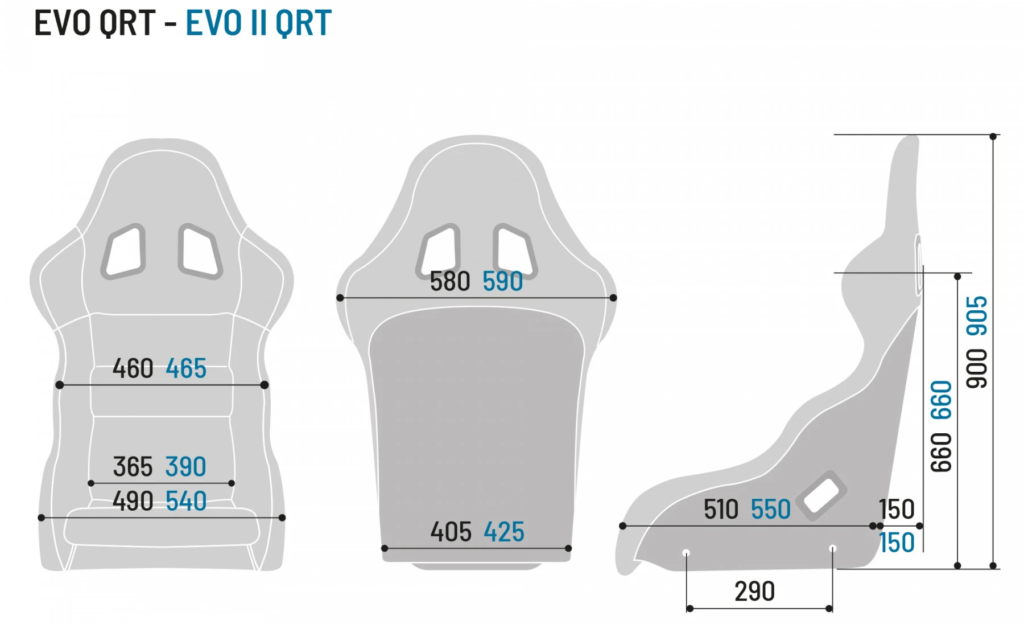
Mounting your new seat!
Once you’ve got the right seat that will both you and your car, you need to think about how you wish to mount your seat to your car’s floor. Now their are two options here. Sliders or a fixed position mount. Sliders are good for street use where a harness won’t be used. HOWEVER, if you want to run a six-point harness the lower two crotch belt’s will need to be fixed in a permanent position making the slider not an option. Most bucket-seat retailers and motorsport shops/websites that you are getting your seat from will also sell the mounting hardware. Speaking of before I forget to mention you will need four M8 bolts to fix the seat via the side-mounts. Some seats do have bottom mount mounts but MOST bucket-seats will only use side-mount’s which allow the seat to be lowered more than a bottom-mount.
Now you’ve made the decision on sliders or a fixed position, you will need to know what you actually need to do either option. Both setups will require the four M8 bolts to attach the seat to your mounting solution. Both setups will require what we call a “vehicle-specific base mount” as referred to as “VSBM” from this point on . This hence the name is unique to the floor of your vehicle in our case the NC/MK3. Now the difference between sliders and a fixed setup is here. If you want sliders you will now of course need a pair of sliding-rails that will attach to your VSBM and then to the seat. So to run a sliding-seat setup you will need a VSBM, four M8 seat bolts and a sliding seat rail. If you wish to permanently fix the seat in one position you will need a VSBM, four M8 seat bolts, side mounts (that will go between the VSBM and the seat itself). When looking at purchasing a fixed setup you will find a few VSBM’s come as a kit with side mounts. These are usually just called bucket-seat mounts. Some even come with holes for the two lower crotch belts for a 6 point harness.
Electroni.. what..?
Here’s the tricky part coming up. Electronics! Hate them or love them they are tricky at times. With some help from awesome forum users I have supplied the info you will need to get your new bucket-seats in without any irritating SRS-Airbag and OEM seat-belt light flashing and beeping in your Mazda. Trust me that beeping would drive you insane in a matter of minutes lol.

